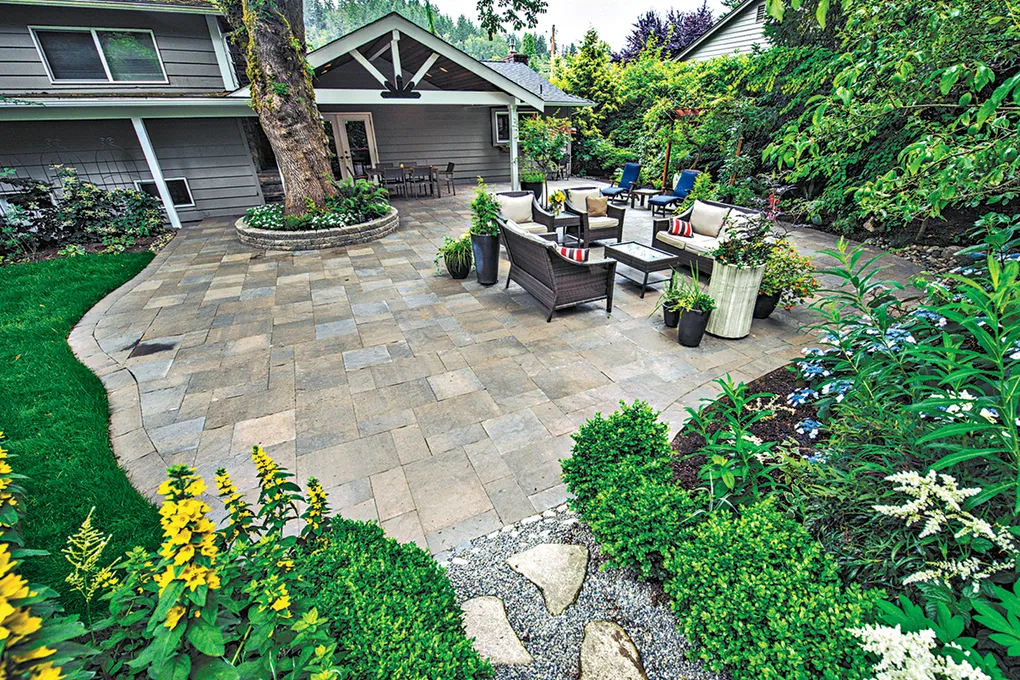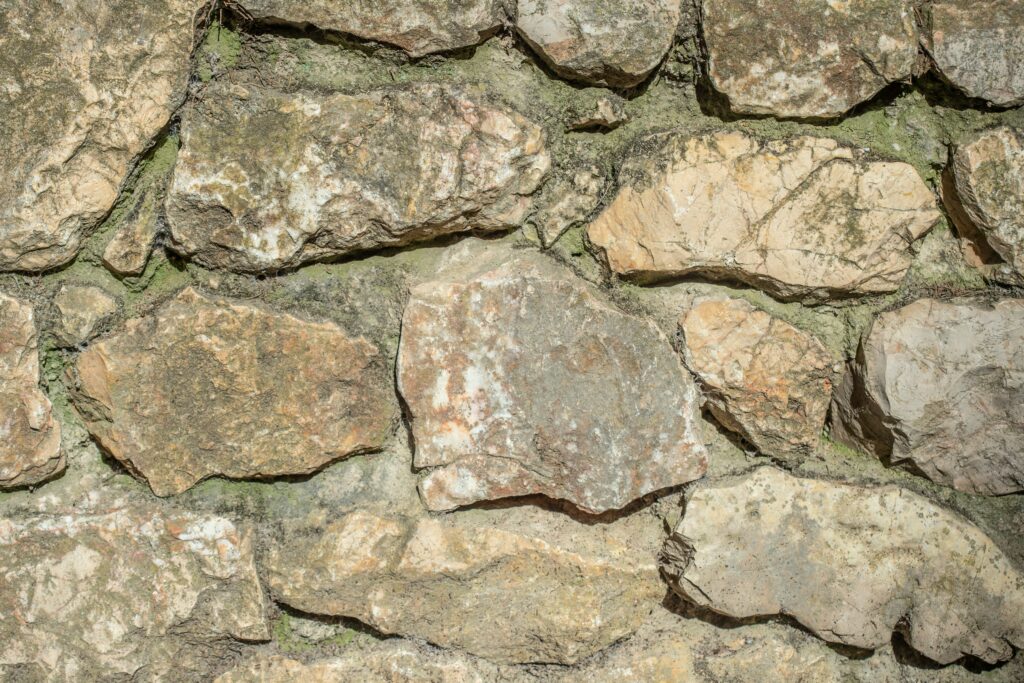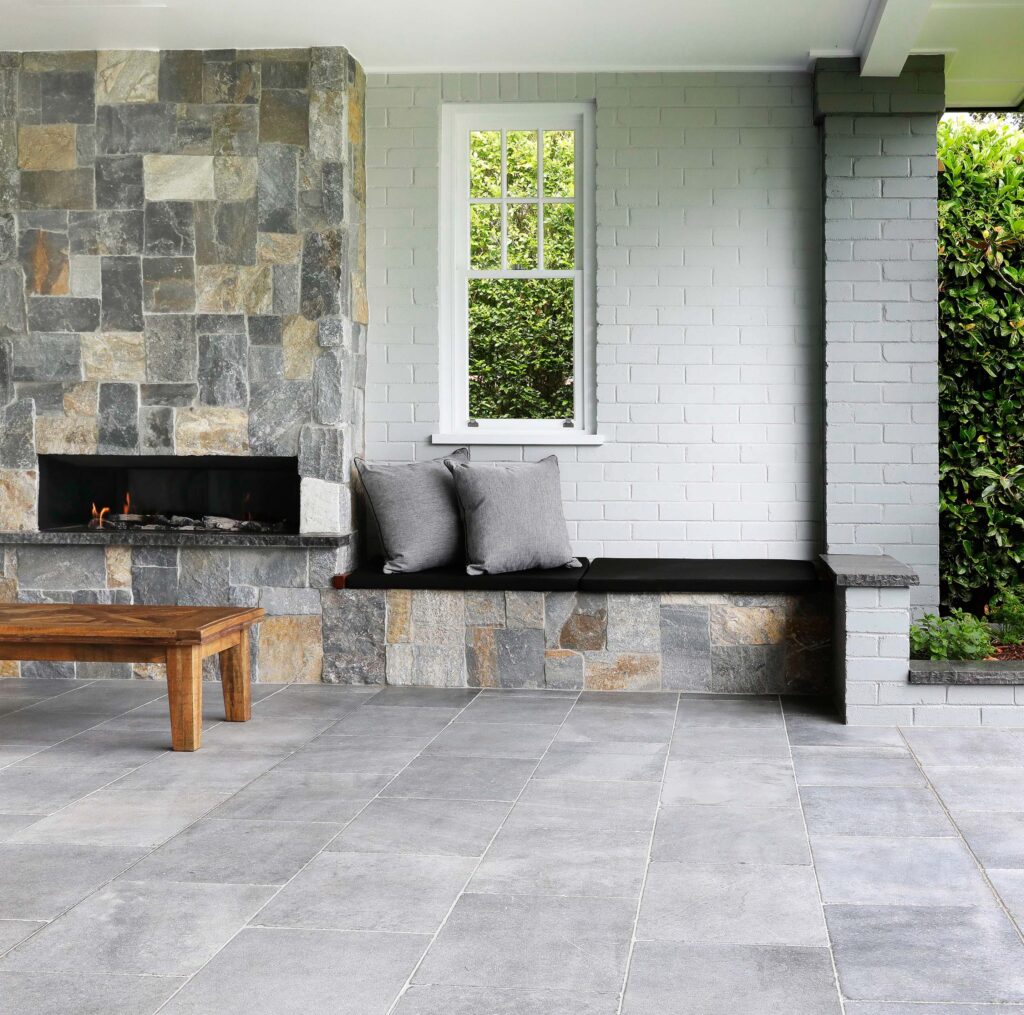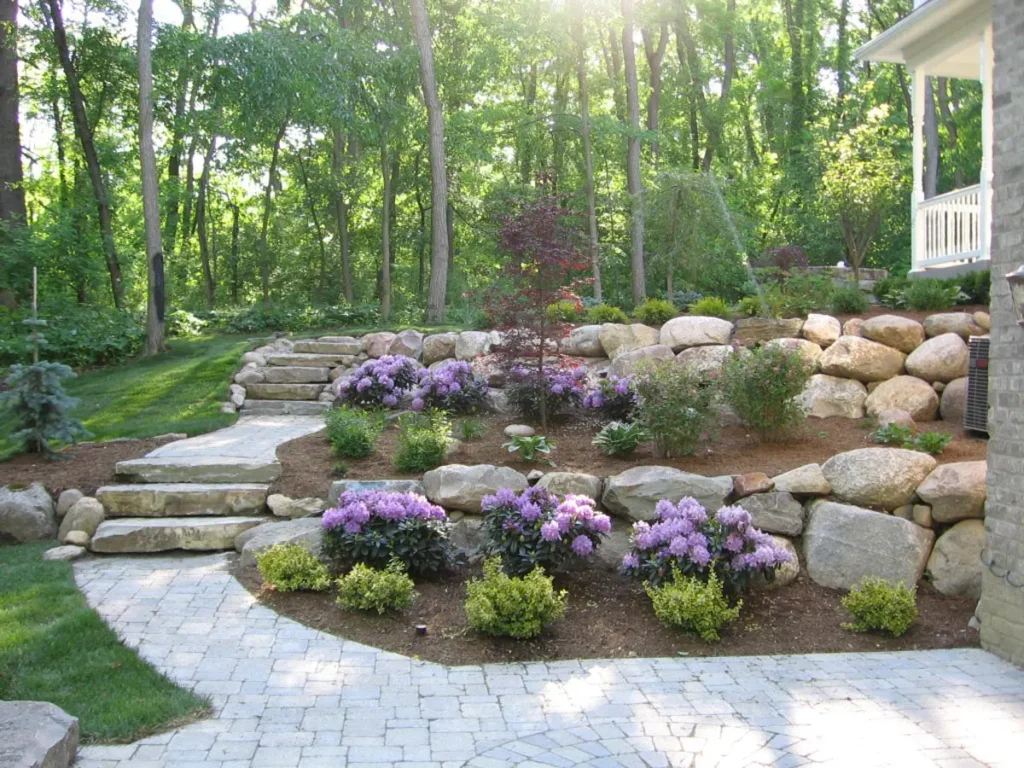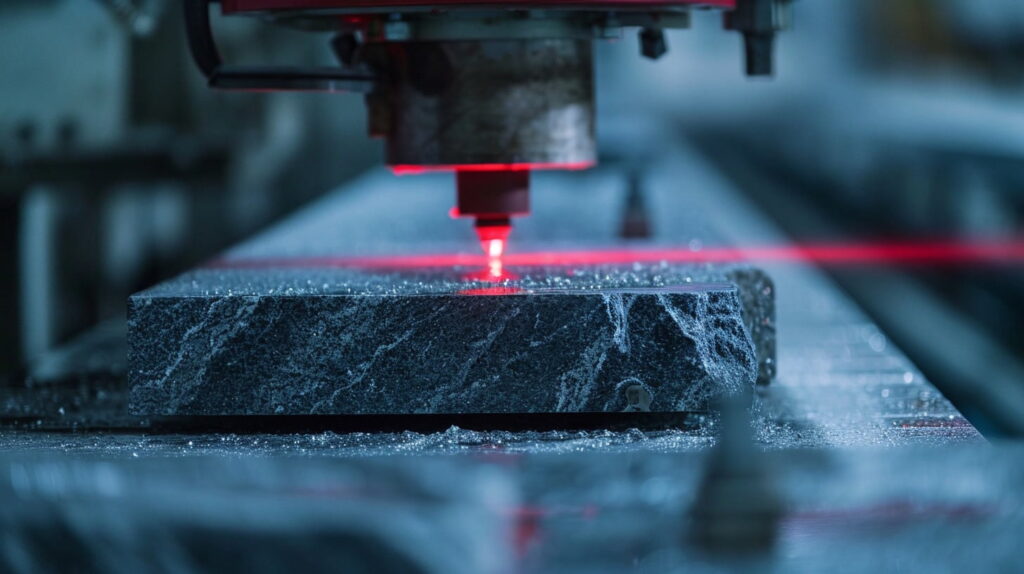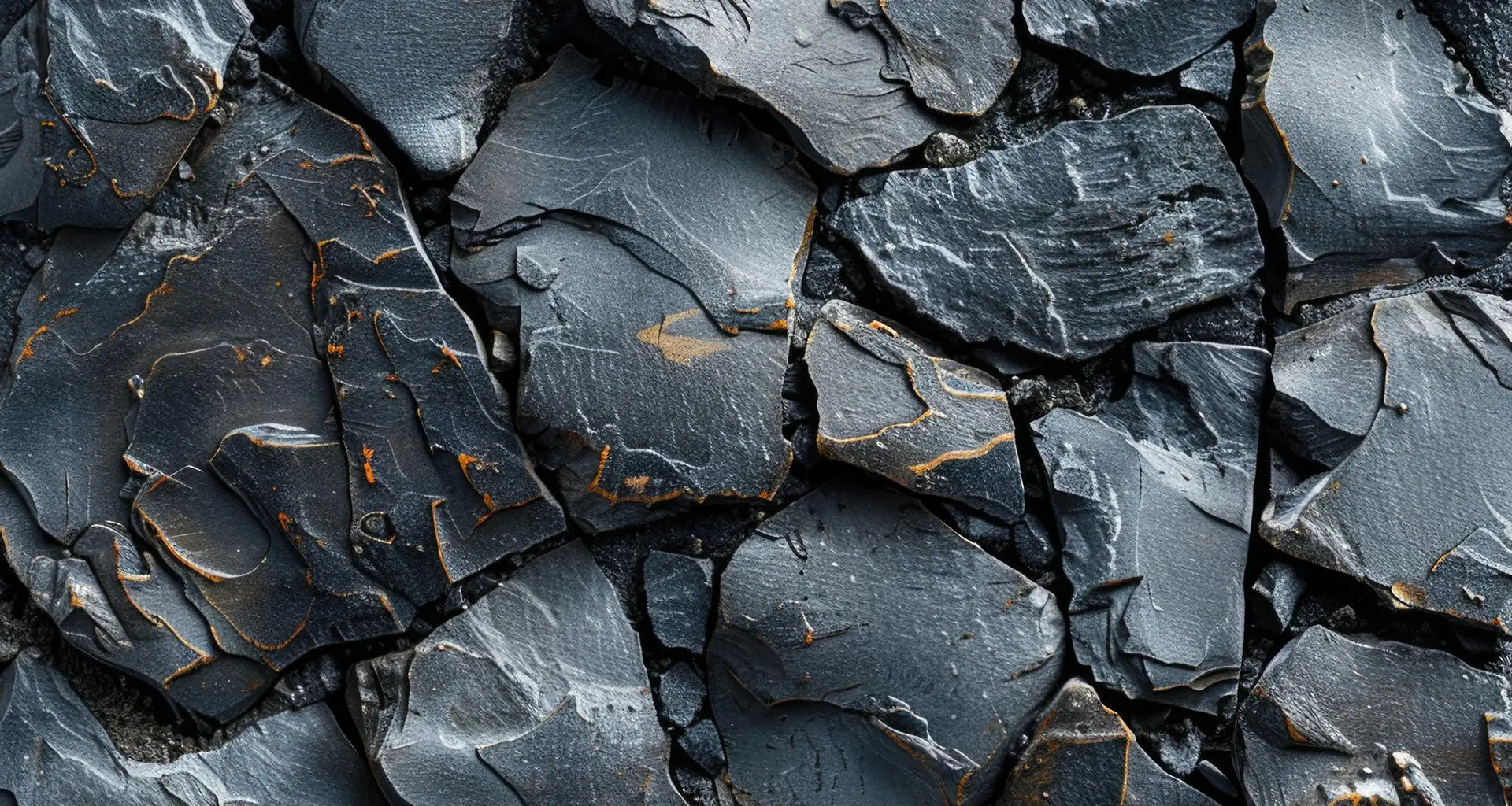Stone surfaces can last for decades, but over time, they may show signs of wear. Instead of replacing damaged stone, restoration can be a smarter choice. Restoration of these areas involves repairing, cleaning, and polishing to bring back the original look. This process is often more cost-effective and sustainable than replacing the stone entirely.
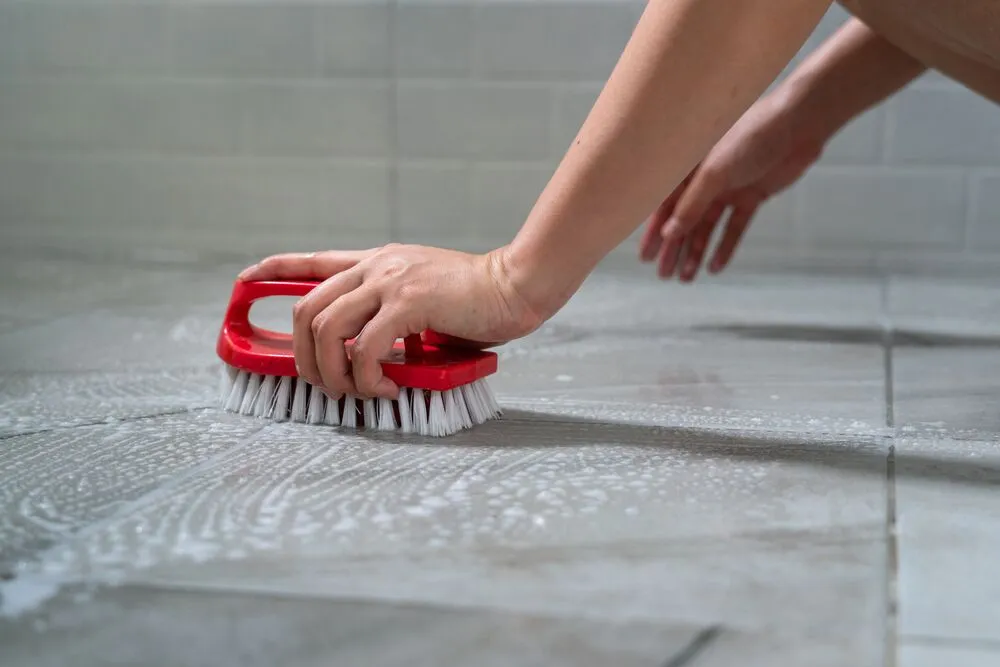
What Is Stone Restoration?
For one, stone restoration is a process that revives damaged or worn-out stone surfaces. This can include floors, countertops, monuments, or other stone structures. The process involves several steps, such as cleaning, repairing cracks, filling gaps, and polishing. This helps restore the stone’s natural beauty, removing scratches, stains, and signs of aging.
Benefits of Stone Restoration
Replacing stone can be expensive, especially for large surfaces. Restoration is a more affordable solution that still delivers impressive results. Also, instead of throwing away old stone, restoration makes use of what is already there. This reduces waste and conserves natural resources.
This also keeps the original character of the stone intact. Many older buildings and homes have unique stonework that cannot be easily replaced. Restoring these surfaces keeps the original design while giving them a fresh look.
The Process of Stone Restoration
The process starts with a thorough inspection. Professionals assess the condition of the stone and identify areas that need attention. This inspection helps create a restoration plan that addresses all the issues.
Next, the cleaning process begins. Cleaning removes dirt, grime, and any surface stains. This step is essential to see the stone’s actual condition before moving on to repairs. Cleaners used for this process are gentle to protect the stone.
After cleaning, the stone is repaired. Cracks and chips are filled with special materials that match the stone’s color and texture. This step ensures the stone looks uniform and smooth.
The final step here is polishing. Polishing brings out the stone’s natural shine and removes any remaining imperfections. The result is a beautiful, restored surface that looks as good as new.
When to Choose Restoration Over Replacement
Choosing between restoration and replacement depends on the stone’s condition. Restoration is ideal for surfaces with minor damage, such as small cracks, stains, or dullness. It is also suitable for historic or unique stones that are difficult to replace.
Replacement may be needed if the stone is severely damaged or has structural issues. However, in most cases, restoration is a better option. It is less disruptive, more affordable, and preserves the original stone.
Restore to Save More!
In the end, stone restoration is often a smarter choice than replacement. With professional help, even the most worn-out stones can look new again. Before deciding to replace, consider the benefits of restoration. It might just be the best option.

